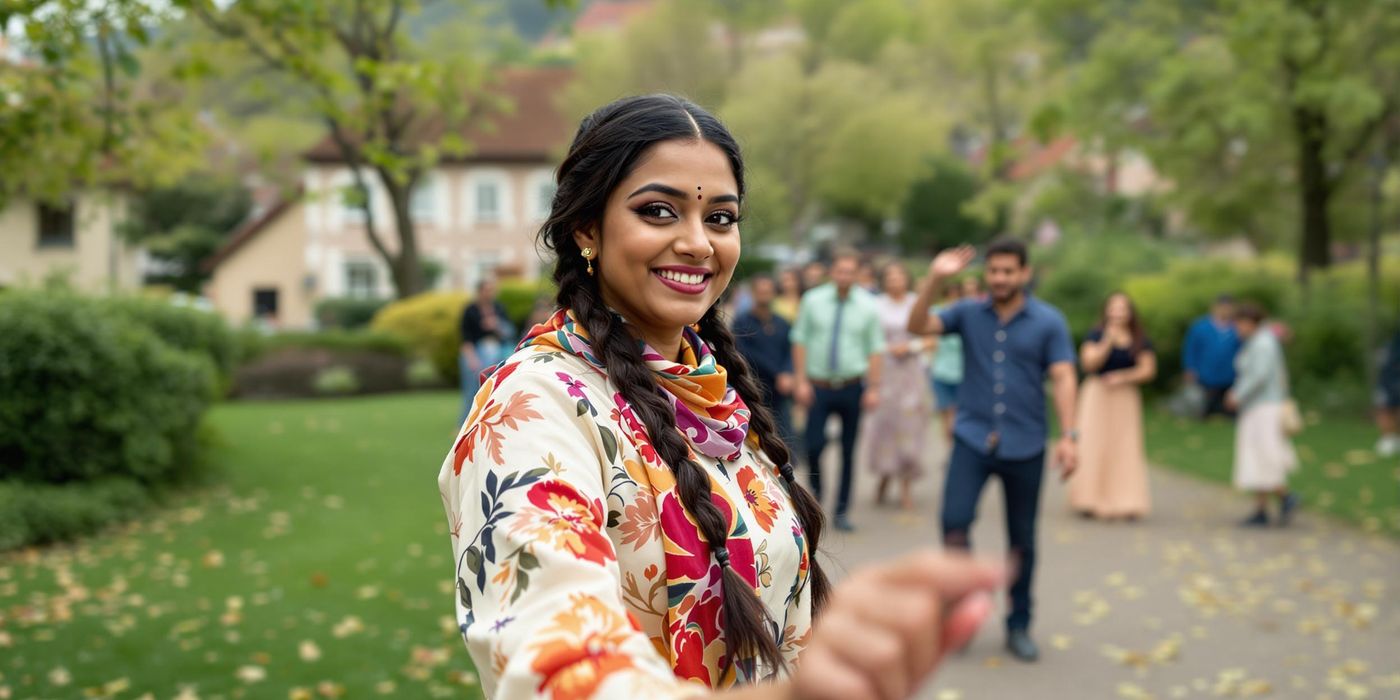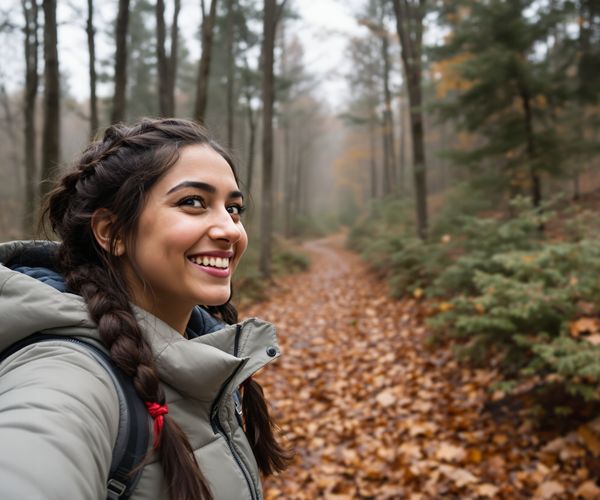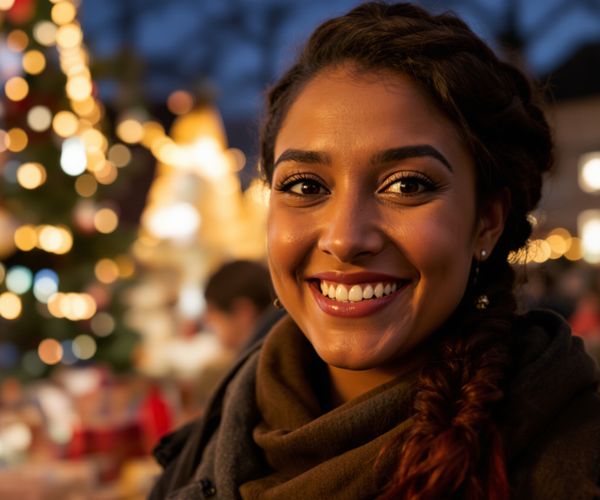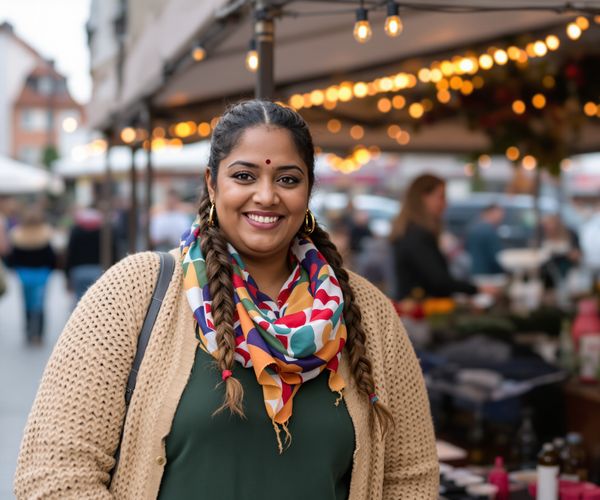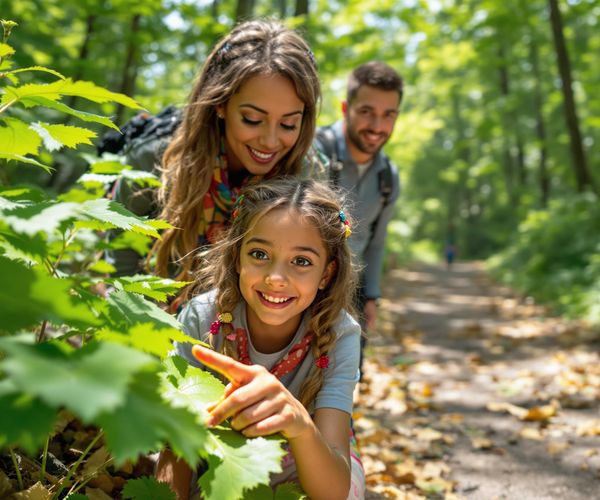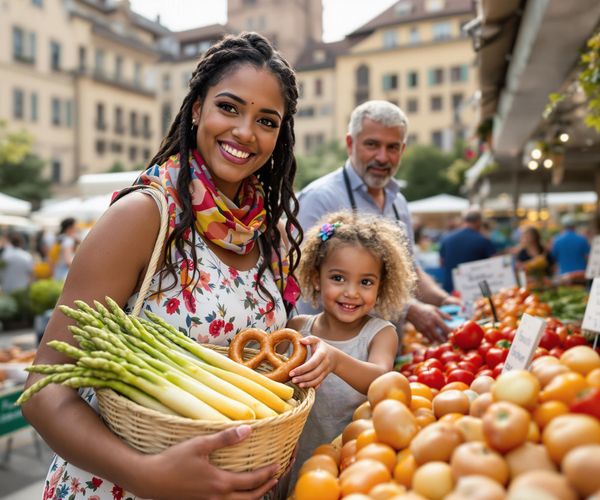From the rhythmic beats of Sri Lankan Kandyan dance to the energetic steps of a German folk dance, my travels have always been intertwined with the universal language of movement. Dance, I've discovered, is more than just steps and music; it's a vibrant expression of culture, history, and community. Join me as I share my journey of cultural immersion through dance and offer tips for embracing this enriching experience on your own adventures.
Discovering Kandyan Dance: A Personal Journey
My connection with dance began in Gampola, Sri Lanka, where I grew up surrounded by the captivating rhythms of Kandyan dance. This traditional dance form, with its elaborate costumes and graceful movements, is deeply woven into the fabric of Sri Lankan society. It's performed at cultural events, religious ceremonies, and festivals, each movement telling a story of our rich heritage.
Even now, living in Heidelberg, Germany, I strive to keep this connection alive. I practice at home, sometimes with my daughter Amara, and I seek out opportunities to share Kandyan dance with the local community. It's a challenge, certainly, to maintain a cultural tie so far from its origin, but the rewards are immense. The dance connects me to my roots, fills me with pride, and allows me to share a piece of my heritage with my new home.
Why Dance is the Ultimate Cultural Immersion
I believe that dance is a universal language. It transcends the barriers of spoken words, allowing us to communicate emotions, stories, and traditions through movement and music. When you learn a local dance, you're not just learning steps; you're gaining a deeper understanding of a culture's history, values, and traditions.
Dance fosters an emotional and spiritual connection that goes beyond the surface. It's a way to connect with the past, celebrate the present, and build community. Every movement, every rhythm, tells a story, inviting you to become a part of something bigger than yourself.
Finding Dance Opportunities on Your Travels
So, how can you incorporate dance into your travels? The key is to be proactive and open-minded. Before your trip, research local dance classes and workshops online. Tourism boards and community centers are also great resources.
Don't be afraid to approach local dance instructors and communities with genuine interest and respect. Most people are thrilled to share their culture with visitors. And remember, informal dance experiences can be just as rewarding. Attend local festivals, celebrations, and community gatherings, and let the music move you.
Embracing the Learning Process: Beyond the Steps
When learning a new dance, it's crucial to understand the cultural context and history behind it. This knowledge will deepen your appreciation and enhance your experience. Focus on learning the basic steps and movements, but don't get discouraged if you feel self-conscious or inadequate.
Making mistakes is part of the learning process. Embrace them, learn from them, and have fun along the way. Also, pay attention to the attire associated with the dance. Clothing often plays a significant role in the tradition and can further connect you to the culture.
Dance as a Bridge: Connecting Cultures and Communities
For me, Kandyan dance has become a bridge connecting my Sri Lankan heritage with my German community. I share the dance with friends, neighbors, and anyone who's interested in learning. It's a way to foster cross-cultural understanding and exchange.
There are countless dance initiatives around the world that promote cross-cultural understanding and empathy. By participating in these initiatives or simply sharing your own dance experiences, you can help break down cultural barriers and connect with others on a deeper level. So, pack your dancing shoes and get ready to experience the world, one step at a time.
Explore the benefits of learning traditional dances while traveling as a means of cultural immersion, with a focus on Nayana's experiences.


